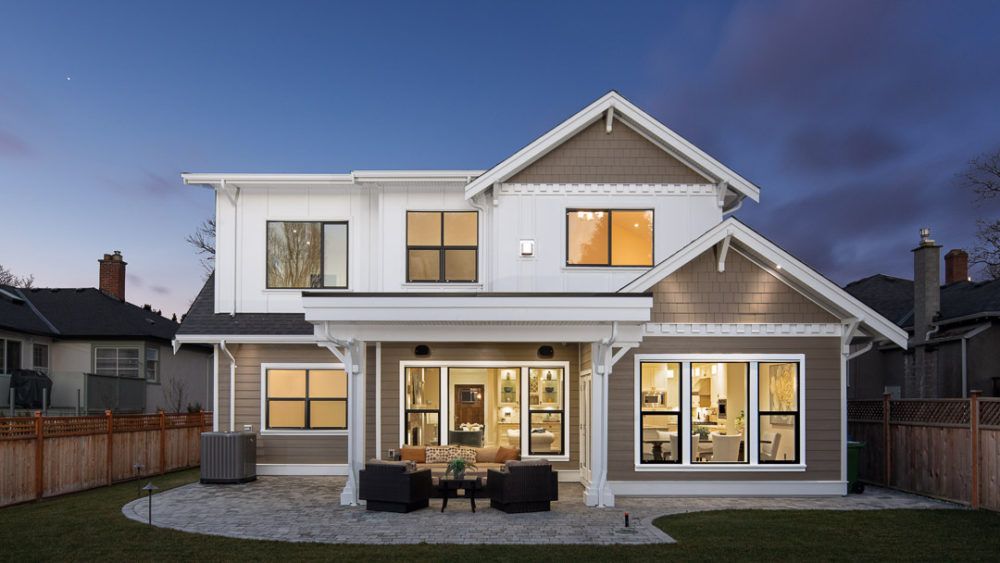So you’ve decided that you want to renovate your house, great, we’d be happy to help. We have plenty of experience with home renovations and have lots of insight to offer into the process. Designing within the constraints of an existing structure requires a different approach than new home designs. Planning a proper renovation requires the balance between analytical and creativity to shift to the former.
The first thing I like to do when I approach an existing home is guess the age of the home. Usually I can get this within around +/-5 years and always within the decade. Architectural style, construction details, neighbouring homes are useful cues in identifying the age of the home. Why is the age of the home important? Largely because it lets us know what construction methods and codes were in place during the time of the build. For example, homes built after 1990 will have 2×6 framing and are less likely to require Hazmat testing for asbestos whereas homes before will be framed with 2×4 walls and and will require Hazmat testing. Similarly, homes built after 1970 will mostly likely have a roof framed with clear span engineered trusses whereas homes before will likely have hand framed roofs with varying bearing positions throughout the structure. Homes built before 1940 are less likely to have a concrete footing underneath the foundation wall than homes built after, and, being in a seismic zone (Victoria is identified at being high risk for an earthquake as per the BC Building Code) this has implications. There are many different examples of visually dissecting the home based on its age but one of the greatest is energy efficiency. Determining energy efficiency is quite straight forward once you know the age of the house as homes have been getting more energy efficient in a relatively linear fashion since the 1900’s when homes were largely uninsulated (or perhaps insulated with horse hair – yes I’ve seen this several times) to today’s homes where most jurisdictions have chosen to adopt the Energy Step Code as we approach Net-Zero Ready homes by 2032. As a former Energy Advisor, I’ve analyzed the energy efficiency of thousands of homes of all ages. Of particular interest is the blower-door test where a home is depressurized and the air leakage metrics are measured. The values observed in the field almost always improve with the age of the home.
One thing we frequently see is a clients design ambitions in a renovation/addition that will likely cost the same as a new build. This usually occurs when the home is older and the intent is to add multiple additions at different locations. Sometimes there are emotional factors tied to a dwelling but in this case, it generally makes sense to start with a new home design. In fact, if the renovation is within 30% of the cost of a new build, we recommend going with a new build for three primary reasons. First, any successful renovation should have a contingency of 30% to cover the unforeseen. Second, when we consider resale value, in our region (and most regions for that matter) a substantially renovated home carries much less value than a new home. Third, with a new home you are starting with a blank canvass and can avoid compromises and the result is a highly energy efficient beautiful home with a 10 year warranty.
Once we have an understanding of how the home was built, we can begin the design process which aims to strike a balance between the clients wants/needs, contraints of the existing structure and bylaw and building code constraints. Each factor must be taken into consideration with each design objective in order to deliver a successful renovation project.






Comments are closed.